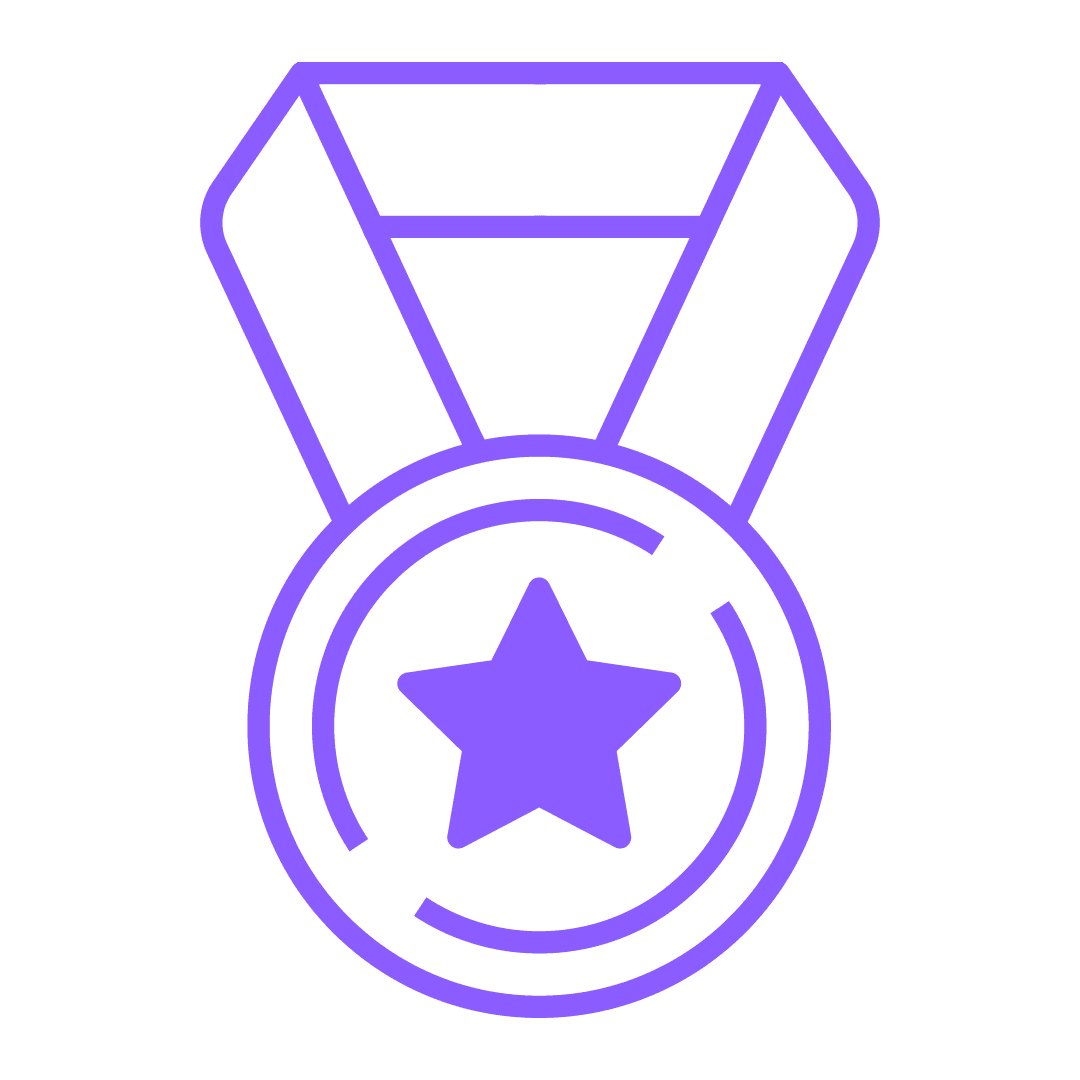Can you learn a new language in your fifties? Yes, thanks to Duolingo’s learning recipe: cutting-edge linguistic theories, powered by data analysis, adaptive AI and gamification.
Simply put, Duolingo is a platform to learn languages. Many languages (more than 40). Available for both mobile and desktop, with a free or subscription plan, the app guides you towards your language-learning goals through a personalized skill tree of lessons made up of a diverse range of activities: translations, multiple-choice, flashcards, matching, speaking and listening exercises.
575+ million registered users in 2022
49+ million monthly active users in 2022
9+ million daily active users in 2021
📖 Bringing linguistic theories down to Earth
American linguist Noam Chomsky’s theories are the foundations of modern linguistics. How amazing would it be if all his research could be applied to second (or third!) language learning and made available to the masses? Well, that’s precisely what Duolingo did!
Duolingo and Chomsky’s theories move from the same assumption: your brain is made to learn languages. How can children learn to speak fluently before going to school? Why does a native English speaker intuitively understand that “is the here teacher “ is an incorrect sentence? The answer is that when we are immersed in a linguistic context, we become naturally competent, and that’s true of every language.
This is the main idea behind Chomsky’s generative grammar theory, first introduced in the 50s, and here is how Duolingo integrates this into its learning experience.
- First of all, forget long explanations about grammar rules. The app will instantly throw you into the linguistic action;
- Secondly, mistakes are an integral part of the learning process: just try again!
📊 Data and AI, at your service
In Duolingo, Chomsky’s generative grammar theory truly comes to life thanks to statistical analysis and responsive algorithms. The result is probably the closest thing you could get in a digital environment to the deep-dive experience of a year in a foreign country – sometimes more effective than a university-level course.
How is this magic possible? First of all, Duolingo has access to a ton of free data, thanks to its millions of active users. But, most importantly, that data is used to train the app’s AI to learn what you know and how you learned it. The objective is to personalize your experience via:
- Difficulty level: feeling that the exercises you’re doing are within your grasp and on a progressive curve is an important motivational factor.
- Memory retention: we gradually forget things, so before jumping to the next topic, Duolingo will gently nudge you to review previous lessons.
🎮 Gamification, done well
If you’re not motivated, you won’t be practicing constantly. If you’re not constant, you won’t be immersed in the language, and – as Chomsky teaches us – if you’re not immersed in a linguistic context you won’t learn anything.
How does Duolingo overcome the motivation issue so crucial for learning? Through gamification. Gamification is an engagement mechanism that applies features and logic typical of video games to other activities which usually are not oriented towards entertainment: business productivity and recruiting, consumer satisfaction, personal lifestyle and, of course, education.
The basic concept is quite simple: give constant feedback, track progress and reward achievements to keep users motivated and engaged. There are different strategies to achieve this, and Duolingo applies them all with one main goal: to make you constantly practice your language of choice.
500 consecutive days with at least one lesson completed (or more!): that’s the strength of Duolingo’s reminders.

Like in the best arcade games, your progress is tracked, and you gradually level up.
Do you want to be among the week’s top learners? Or maybe you prefer to share a goal with a friend? Duolingo provides both, balancing mutual support and healthy competition.
To sum up: Duolingo brings generative grammar theory to the masses through a practical, personalized and immersive learning experience, all while keeping users motivated thanks to personalized gamification mechanics that transform language learning into a daily habit.